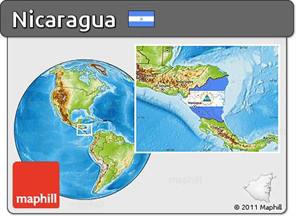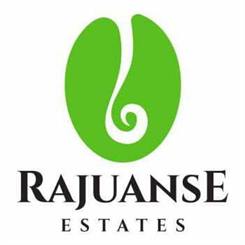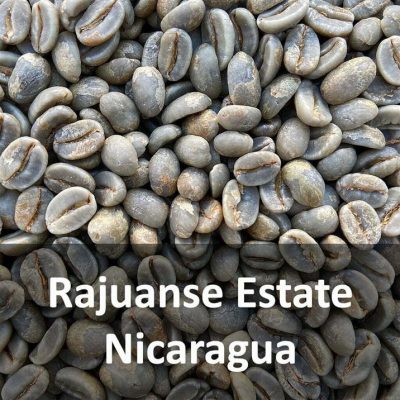Nicaraguan Rajuanse Estate Honey processed Marsellesa cultivar coffee from Buena Esperanza.
Nicaraguan Coffee
Nicaragua began growing coffee in 1790. Catholic Missionaries initially brought it to the country as a curiosity. As global demand increased, the government created a subsidy, which lasted from 1979 to 1889.
Coffee remained Nicaragua’s prominent export through periods of dictatorship and communism until the early 1990s. The coffee sector faced severe impacts after the price crash in 1999, compounded by Hurricane Mitch in 1998 and a drought around the turn of the millennium.
Since then, Nicaraguan coffee production has recovered, and its quality has improved.
Rajuanse Estates
History and Transformation
The Buena Esperanza farm on the Rajuanse Estate is located in a privileged mountain valley in Matagalpa, Nicaragua. Originally part of a 2,818-hectare timber operation owned by an American lumber company since the 1960s, it began transforming into a coffee farm in the early 1970s. Political events in Nicaragua during the late 1970s and 80s caused national instabilities in many sectors, including farming. Don Manuel, one of the original workers who planted the first coffee plants, still works at Buena Esperanza and serves as the farm’s historian.
Geography and Climate
The farm sits in a valley with many microclimates, each with different characteristics that suit various coffee plant varieties. The elevation ranges from 1100 to 1200 meters, with an average annual rainfall of 3000 mm.
Certifications and Sustainability
Buena Esperanza holds certifications from the Rainforest Alliance and Café Practice.
Land Usage and Environmental Efforts
The farm spans 846 hectares, with 405 hectares currently planted with coffee. The master plan aims to balance land usage, dedicating half to coffee and the other half to natural forest. The farm combats local climate change and preserves local fauna by protecting water springs, creeks, and rivers from deforestation and pollution.
Community Projects
An ongoing project with Engineers Without Borders supplies neighboring communities with potable water from the farm’s water springs, involving them in maintenance and better practices to avoid polluting existing waterways.
Reforestation Initiatives
Rajuanse actively reforests the farm. Each year, they fill gaps with local trees from the reforestation nursery. Additionally, they prioritize shade and humidity retention, which are crucial in the area.
Success and Milling
In 2018, Buena Esperanza achieved a favorable placement in the finals of the Cup of Excellence in Nicaragua with a washed Pacamara. Consequently, it was time to naturally integrate into the Specialty Coffee Segment. During the 2018/19 cycle, Rajuanse Estate formed a Specialty Coffee Team. This team actively chose different areas of the farm and various varieties that presented the most favorable conditions to maximize the natural profiles of the coffee bean. At the mill, they determined the drying process and immediately prepared the coffee for transport to the off-site dry mill.
At Sajonia Estate Coffee, they mill the coffees in a controlled environment, specifically for Rajuanse’s Specialty Coffee line. Here, they process the coffees using Natural, Honey, or Washed methods. Rajuanse’s administrative offices are also located at Sajonia Estate, where they track all their coffee from farm to export.
Honey Processing
We actually had a WhatsApp discussion with Ramiro to clarify their process here is a summary from that discussion:
We pick our special reserve coffees only during the morning shift, selecting lots based on good Brix readings. This approach minimizes field time and ensures quick transport to the dry mill.
Next, we pass the cherries through a mechanical siphon to sort out floaters and retain dense cherries, which are then washed. For naturals, we place the cherries in plastic crates and send them to the dry mill. For honeys, we de-pulp the cherries, place the beans in plastic bags to retain mucilage, and then send them to the dry mill. Varieties like Marsellesa, which have more mucilage, play a key role in this process.
The farm notifies the facility in advance to prepare for receiving the cherries. Upon arrival, we weigh and place them on raised racks, ensuring they are no more than an inch high for even drying. During the first few days, we shuffle the cherries by hand to ensure even drying. This process, which includes purging uneven beans, takes 14 to 18 days depending on wind and temperature.
Details of Green Nicaraguan Rajuanse
Sources:
1 Marketing material from Zuka.
2 Conversation with Ramiro.














Reviews
There are no reviews yet.